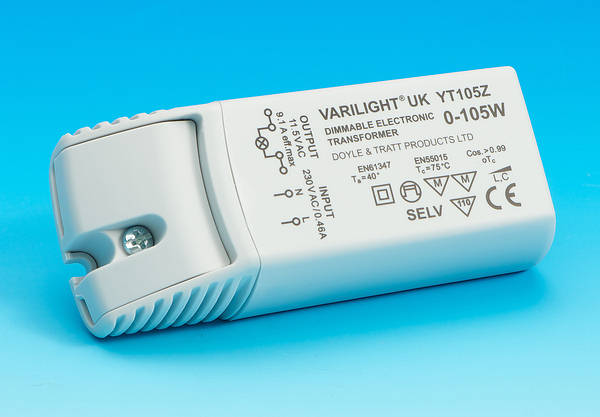It depends what you mean by "not allowed". The manufacturers of a Class 2 product (often? usually? always?) states "This product must not be earthed" (my underline to emphasize they say "must not").
They often do say that and, in any event, a high proportion of Class II items do not have anything (i.e. exposed-c-ps) which one
could earth, even if one wanted to!
However, unless they are just making a general statement that one should not ('must not') unnecessarily earth anything (whether electrical equipment or otherwise) such an instruction does not really make any electrical sense - since it is no more undesirable to earth a metal 'enclosure' containing a Class II item than it is to ('unnecessarily') earth a pipe, bath, spoon or whatever.
I don't know if you may find one that doesn't. If so, is it an error? Perhaps there is a standard which states that they should.
I very much doubt it, and I imagine that there are a lot of Class II items which don't come with such an instruction. As I've said, many of them have no exposed-c-ps, so what on earth would "must not be earthed" actually mean? - i.e.
what might one contemplate earthing?
There must be a regulation against making the situation worse and increasing risk unnecessarily. I don't think it is a theory; surely a fact.
Yes, it's a fact, but it's not really anything to do with electrical items, per se, and therefore probably does not come within the scope of electrical regulations. A class II item does not itself become any less safe if exposed metal (outside of the DI) is earthed. It's only the
environment (not the Class Ii item) which becomes 'less safe', and I don't know what sort of regulation could outlaw the earthing of metal fixtures and fittings (and spoons!) in general.
Were every product we use Class 2, I am sure some would still earth them because they just think it safer.
As above, I'm not sure what that would mean in relation to the majority of Class II items. As I've asked, exactly
what would these people be earthing?
... and don't forget that there
is a regulation which requires that a CPC be run to 'every point' in an electrical installation, even if that 'point' is a Class II piece of equipment - so there has to be an earth 'at' a (hard-wired) Class II item, even if it's not (even "must not be"!) connected to anything.
Kind Regards, John


